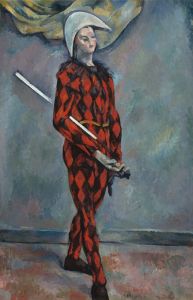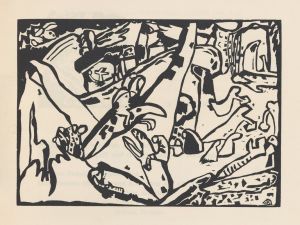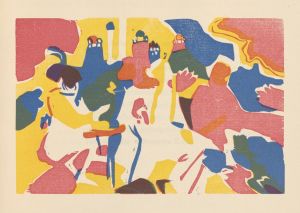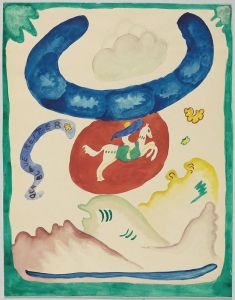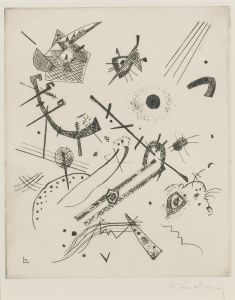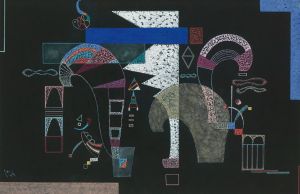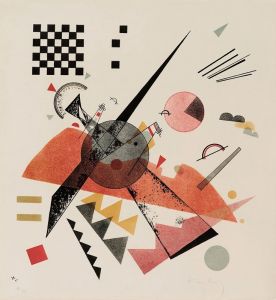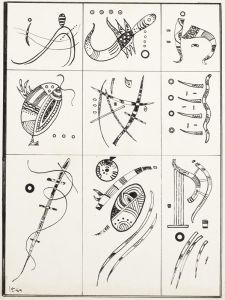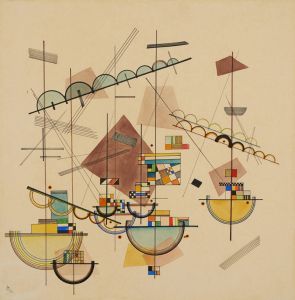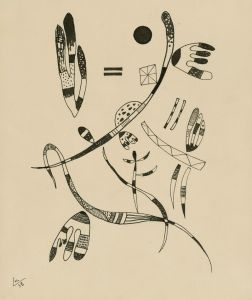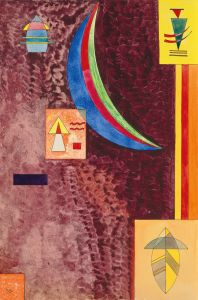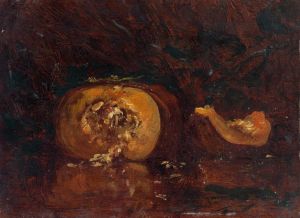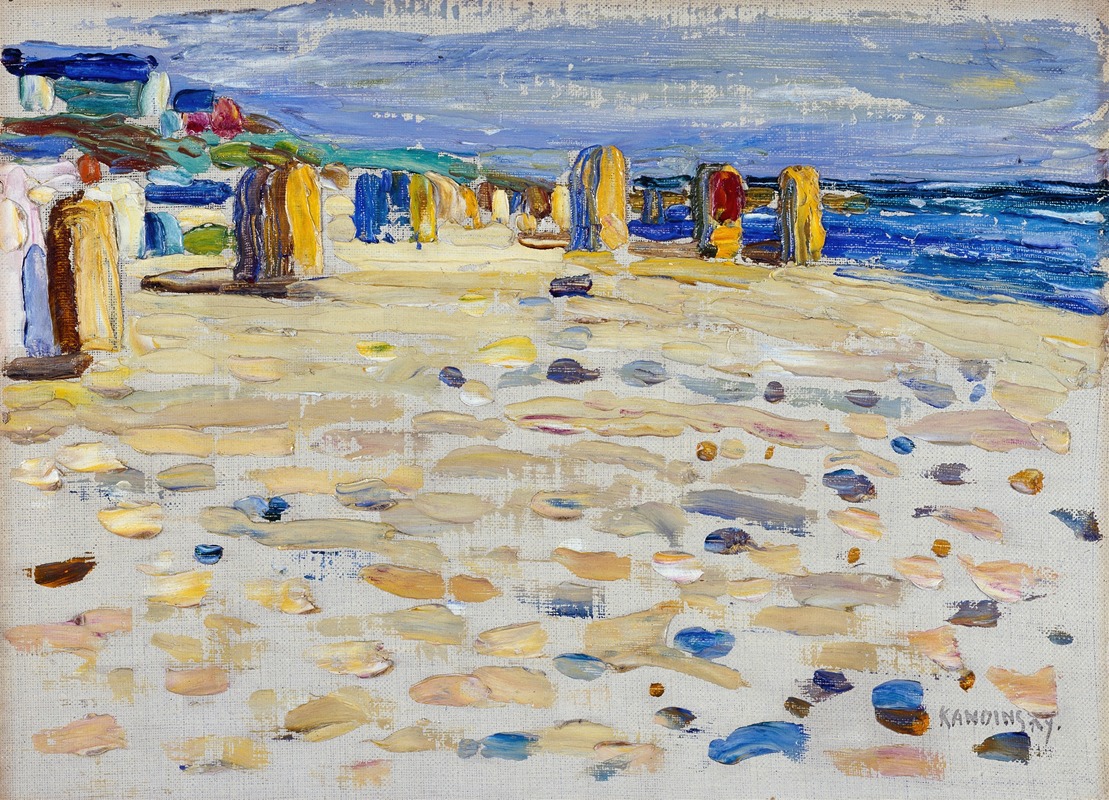
Holland – Strandkörbe
A hand-painted replica of Wassily Kandinsky’s masterpiece Holland – Strandkörbe, meticulously crafted by professional artists to capture the true essence of the original. Each piece is created with museum-quality canvas and rare mineral pigments, carefully painted by experienced artists with delicate brushstrokes and rich, layered colors to perfectly recreate the texture of the original artwork. Unlike machine-printed reproductions, this hand-painted version brings the painting to life, infused with the artist’s emotions and skill in every stroke. Whether for personal collection or home decoration, it instantly elevates the artistic atmosphere of any space.
Wassily Kandinsky, a pioneering figure in abstract art, created the painting "Holland – Strandkörbe" in 1904. This work is part of his early artistic period, which is characterized by a focus on landscapes and scenes that reflect his interest in Impressionism and Post-Impressionism. During this time, Kandinsky was exploring the use of color and form, laying the groundwork for his later, more abstract works.
"Holland – Strandkörbe" translates to "Holland – Beach Chairs," indicating that the painting likely depicts a scene from a beach in Holland. This subject matter aligns with Kandinsky's travels and experiences during the early 20th century. He was known to have visited various parts of Europe, and his travels often influenced his artistic output. The painting captures a moment of leisure and relaxation, a common theme in beach scenes, with the presence of beach chairs suggesting a human element, even if figures are not prominently featured.
In terms of style, "Holland – Strandkörbe" reflects Kandinsky's transitional phase. The painting exhibits a blend of representational and abstract elements, showcasing his experimentation with color and form. During this period, Kandinsky was influenced by the works of French Impressionists and Post-Impressionists, such as Claude Monet and Paul Gauguin. These influences are evident in his use of vibrant colors and loose brushwork, which convey a sense of movement and atmosphere.
Kandinsky's early works, including "Holland – Strandkörbe," are significant for their exploration of color theory and emotional expression. He believed that colors could evoke emotions and that art should transcend mere representation to capture the spiritual essence of a subject. This philosophy would later become a cornerstone of his abstract work, as he moved away from depicting recognizable forms and focused on the interplay of colors and shapes.
The painting is also notable for its composition, which balances elements of nature and human presence. The beach chairs serve as a focal point, drawing the viewer's eye into the scene and inviting contemplation of the relationship between humans and their environment. Kandinsky's ability to convey mood and emotion through his use of color and composition is evident in this work, foreshadowing his later achievements in abstract art.
"Holland – Strandkörbe" is part of Kandinsky's broader body of work that documents his artistic evolution. While it may not be as widely recognized as his later abstract masterpieces, it provides valuable insight into his development as an artist and his early experimentation with ideas that would define his career. The painting is a testament to Kandinsky's innovative spirit and his quest to push the boundaries of traditional art forms.
Overall, "Holland – Strandkörbe" is an important piece in understanding Kandinsky's journey as an artist. It captures a moment of transition, both in terms of his personal style and the broader art movements of the time. Through this work, viewers can appreciate the foundational elements that would later culminate in Kandinsky's influential contributions to abstract art.





